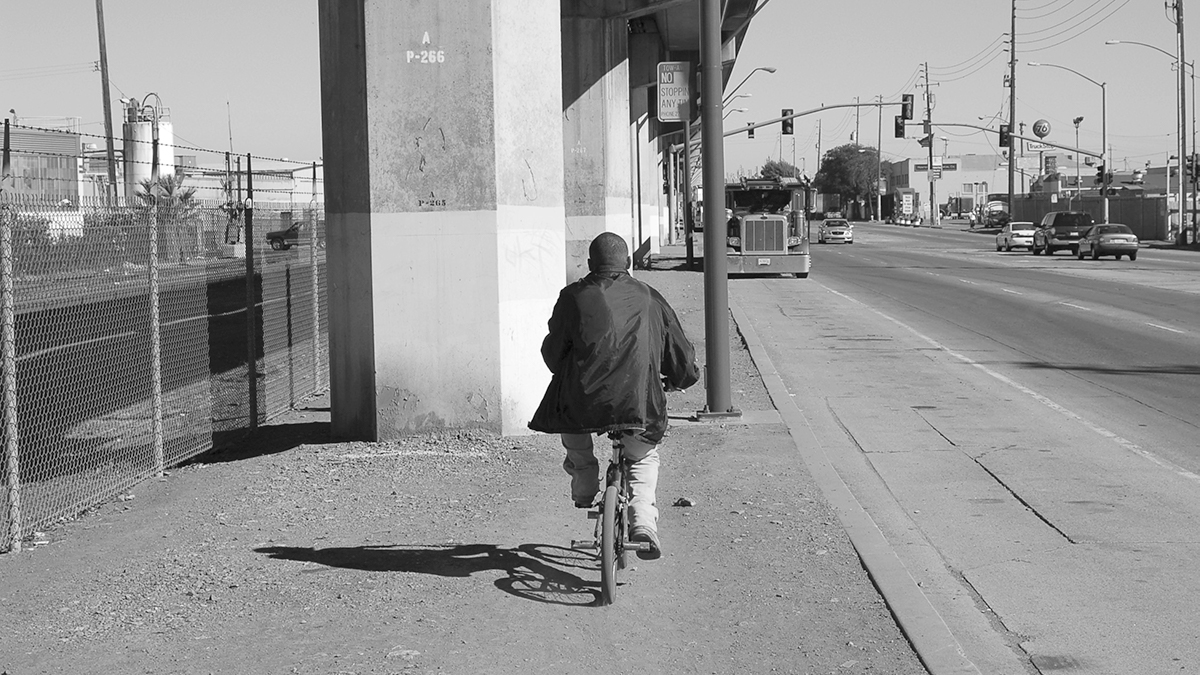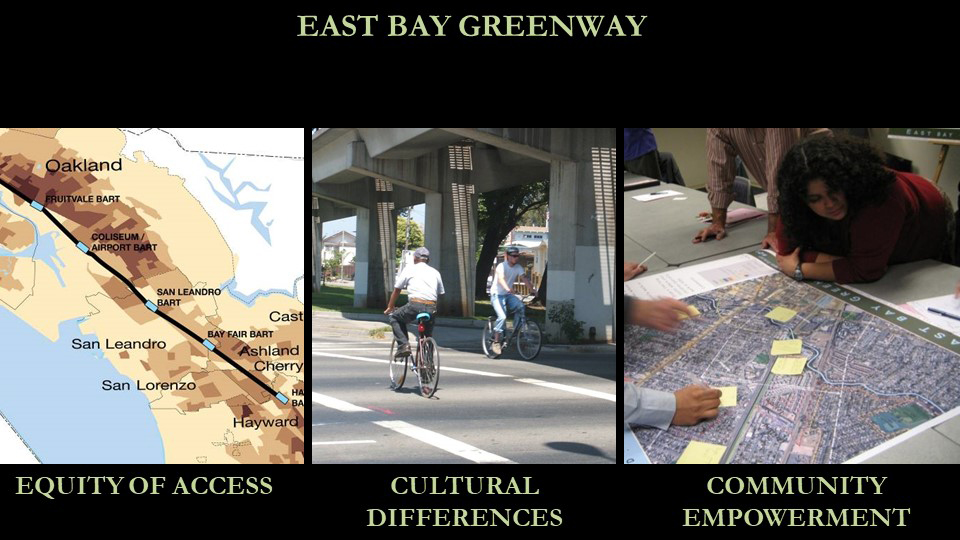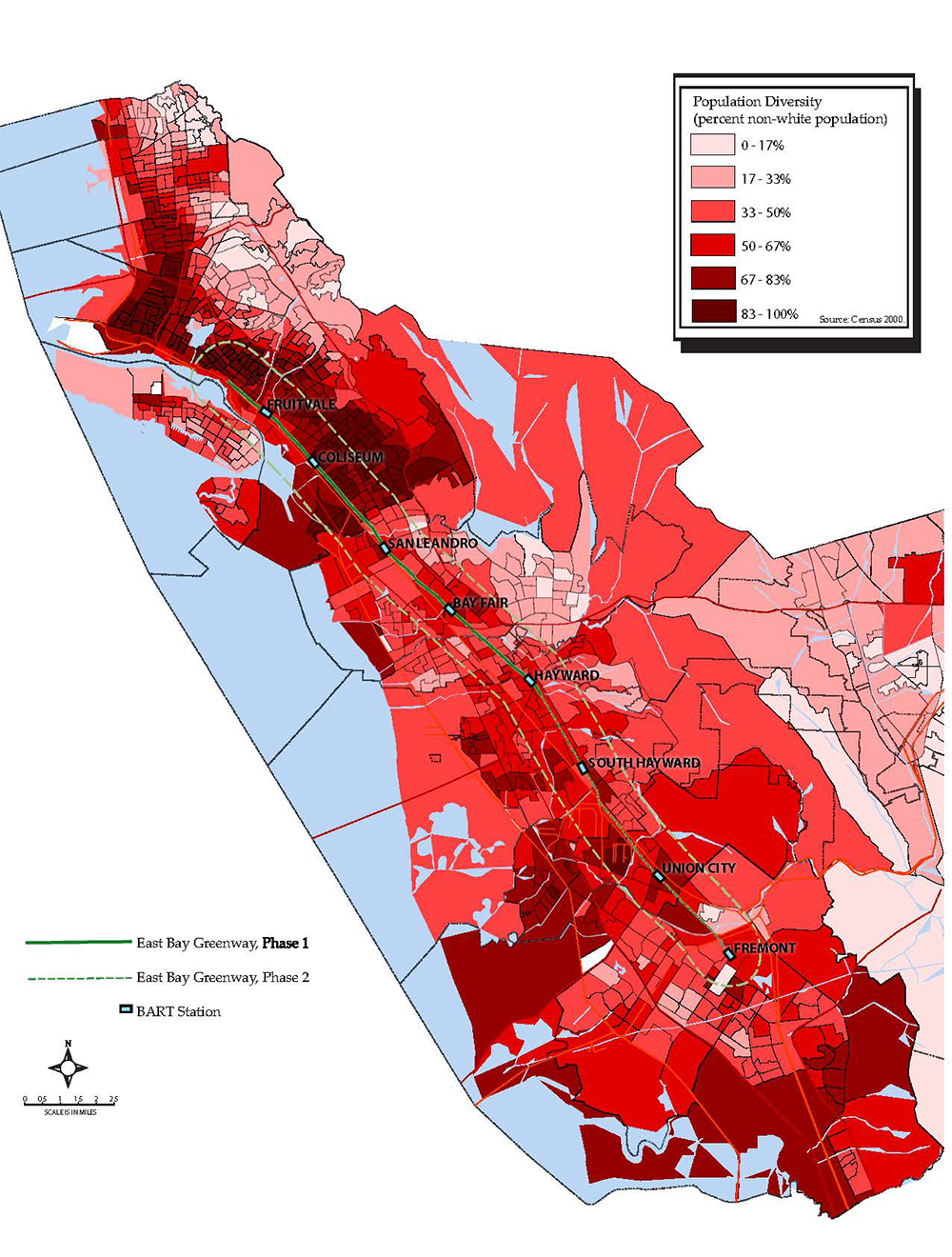Designing to Combat Inequality
Unseen forces shape many of the places we inhabit every day. Schools, workplaces, retail space, residential areas, arenas, public parks, theaters, museums, grocery stores, recreational areas, and more are shaped by social, economic, political, and environmental forces. Often, we are blind to how design may welcome—or drive away—certain groups of people.
Now more than ever, the CED is looking inward to identify ways in which intelligent, thoughtful, and inclusive design can create welcoming spaces. Katherine Melcher, Associate Professor at the CED, has a new course planned for Fall 2021 that will teach students to analyze the political forces and cultural values expressed in places, thereby empowering the students to put their vision into reality through thoughtful design and planning.
According to the official course description, the new course, “Place, Society, and Design” allows students to “Investigate relationships between the physical environment, social structures, and the design, planning, and management of places.” By studying topics such as how the environment shapes our behavior and well-being, the cultural meaning(s) of a place and our attachment to them, and how varying forces shape places, students will have a more complete understanding of the forces shaping all our spaces.


The before and after portions of a project on the East Bay Greenway in Oakland, CA. The project serves as an exercise in envisioning social change. Melcher was heavily involved in the Oakland area project.
Throughout all its courses, the CED places the tools and history of design into the hands of its students, allowing them to design and create where their values and convictions lead them. Tools like Equity Mapping, which uses Geographic Information System (GIS) maps to determine which public resources may be unavailable to certain populations, give students the knowledge they need to identify problem areas and design future spaces (or renovate existing ones) to mitigate those issues.
Other tools are geared toward analyzing how certain places are shaped by their inhabitants. Rapid Ethnographic Assessment Procedures assesses various cultural values in places by involving locals in mapping behavior, walking the spaces, interviewing, and site observations. Additionally, a Mechanisms of Control analysis evaluates a place based on the five spatial rights of access, use, appropriation, modification, and disposition. Both methods help to better understand cultural biases present in the design and management of the place.
 These images summarize three complementary perspectives used in cases concerned with
equity: demographic mapping (equity mapping), awareness of cultural differences (REAP
method), and community involvement in the design and planning process. Researchers
used three methods in the East Bay Greenway project.
These images summarize three complementary perspectives used in cases concerned with
equity: demographic mapping (equity mapping), awareness of cultural differences (REAP
method), and community involvement in the design and planning process. Researchers
used three methods in the East Bay Greenway project.
The course will challenge students to identify where cultural values may conflict in a place, as well as a place’s design, management, or planning can shift the power structure. In looking at the makeup of places, students will begin to identify improvements that could be made to make spaces more inclusive.
 |
 |
Equity mapping along the East Bay Greenway in Oakland, CA. Click for the full image.
Melcher, has previously worked with the Peace Corps and a nonprofit dedicated to community-based design, adds that there is a need for the members of a community to have a hand in the creation of their shared spaces. Not only should a space address the needs of the community it serves, but it also needs to be created by and for its inhabitants. There is major value in people making a tangible change in one’s environment. In doing so, places are shaped by human needs, rather than sterile, cold, faceless politics and economics.
The CED’s motto, Prepared to Shape Our World, has taken on a new meaning in light of recent events and the renewed conversation around inequality in America. Not only is our College working hard to prepare students with the tools, skills, and knowledge to get the job done, but we will actively work to support their passion for achieving equality and justice. Courses like this are just one piece of the larger puzzle in shaping a new, more inclusive world.
